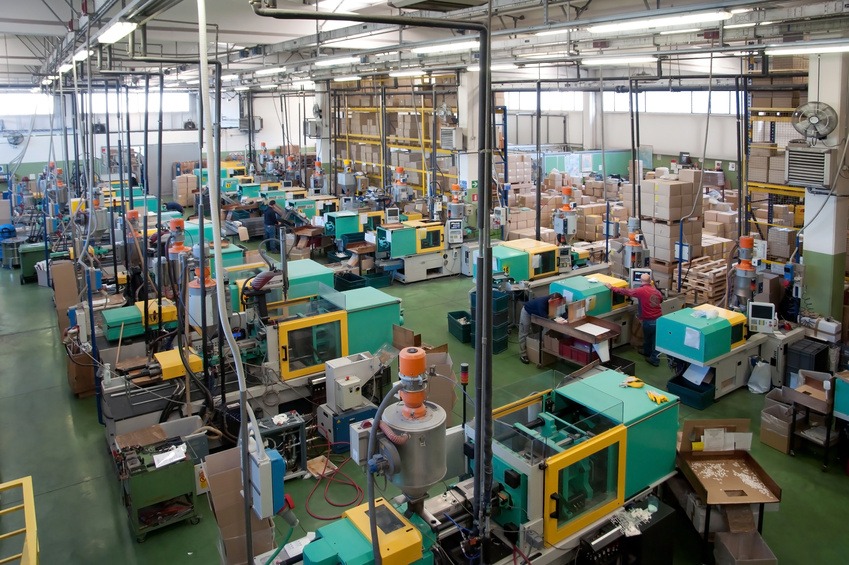
Have you ever wondered how the products that you use every day are made? The answers may surprise you. For instance, many popular products are made by a process called injection molding. Although, most people have probably never heard of plastic molding, it is nonetheless an important manufacturing process.
While the number of different things that injection molding is used to make is incredible, the process itself is actually very simple. The first step involves creating a mold of the object the manufacturer wishes to create. Once the mold is finished, a raw material, most commonly metal, glass, or plastic, is heated up in a brazing furnace to the point where it becomes liquid. This liquid is then “injected” into the mold by an injection mold machine. As the molten liquid cools, it hardens and conforms to the shape of the mold, creating a perfect duplicate. The finished product is removed, and the process is repeated. In this way, many products can be mass produced.
Plastic, as you can imagine, is one of the most commonly use materials in the injection molding process. However, there are some particularities of injection molded plastics. For example, once the plastic is melted in brazing furnace, it must be injected quickly. This is because if plastic stays too hot for too long it degrades the strength and quality of the plastic when it cool. Thus, the faster the plastic is injected, the better.
Injection molding offers several advantages. First, it gives manufacturers a great deal of flexibility. The plastic injection molding, for example, can be used to create everything from wire spools and bottle caps to automotive dashboards, pocket combs, and even musical instruments. Another advantage is that injection molding has low labor costs associated with it.